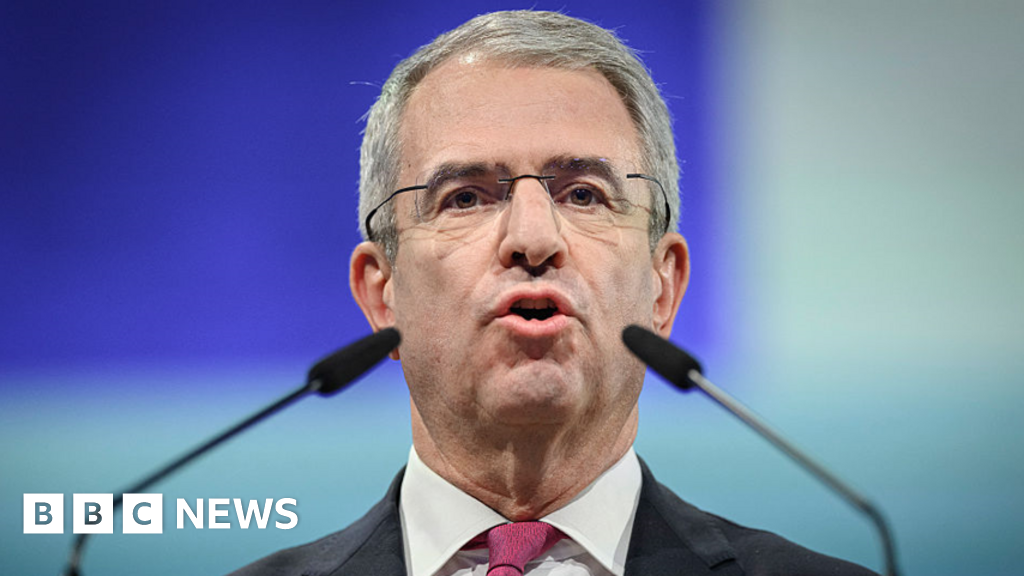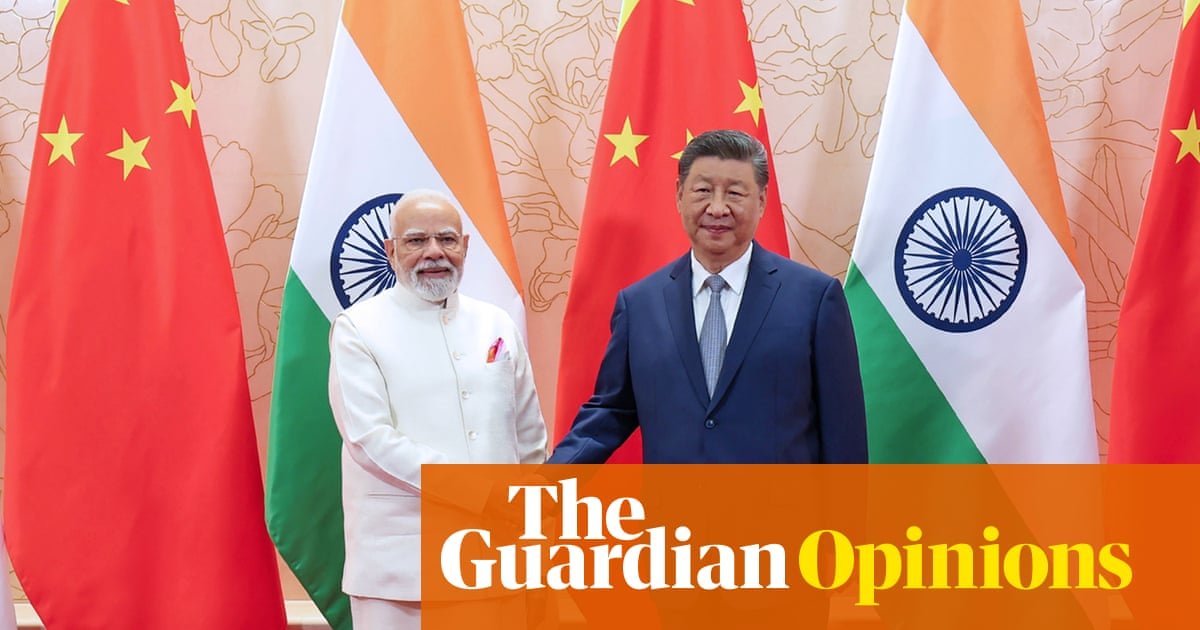Business
MIT Report Finds Most AI Business Investments Fail, Reveals ‘GenAI Divide’ — Virtualization Review

MIT Report Finds Most AI Business Investments Fail, Reveals ‘GenAI Divide’
A new report from the MIT Media Lab’s Project NANDA concludes that despite $30-40 billion in enterprise spending on generative AI, 95% of organizations are seeing no business return.
The authors of the July 2025 report, titled “The GenAI Divide: State of AI in Business 2025,” write: “The outcomes are so starkly divided across both buyers (enterprises, mid-market, SMBs) and builders (startups, vendors, consultancies) that we call it the GenAI Divide” and note that “Just 5% of integrated AI pilots are extracting millions in value, while the vast majority remain stuck with no measurable P&L impact.”
What the ‘GenAI Divide’ Means
The divide is defined by high adoption but low transformation. The report says only two industries show clear signs of structural disruption, while seven others show “widespread experimentation without transformation.
It backs this with an AI Market Disruption Index and includes an interview quote from a mid-market manufacturing COO: “The hype on LinkedIn says everything has changed, but in our operations, nothing fundamental has shifted. We’re processing some contracts faster, but that’s all that has changed.”
Pilot-to-Production: Where Most Efforts Stall
The sharpest evidence of the divide is deployment: “only 5% of custom enterprise AI tools reach production.” The report characterizes this as a 95% failure rate for enterprise AI solutions and attributes it to brittle workflows, weak contextual learning, and misalignment with day-to-day operations. It also records user skepticism about vendor offerings: “We’ve seen dozens of demos this year. Maybe one or two are genuinely useful. The rest are wrappers or science projects.”
Enterprises run the most pilots but convert the fewest; mid-market organizations move faster from pilot to full implementation (~90 days) than large enterprises (nine months or longer).
Adoption Numbers vs. Business Impact
General-purpose tools are widely explored, but impact is limited: “Over 80% of organizations have explored or piloted [ChatGPT/Copilot], and nearly 40% report deployment,” yet these mainly improve individual productivity, not P&L performance. Meanwhile, 60% of organizations evaluated enterprise-grade systems, “but only 20% reached pilot stage and just 5% reached production.”
The Root Cause: The Learning Gap
The report’s central explanation is that the core barrier is learning rather than infrastructure, regulation, or talent: “Most GenAI systems do not retain feedback, adapt to context, or improve over time.”
Users often prefer consumer LLM interfaces for drafts, but reject them for mission-critical work due to lack of memory and persistence. One interviewee explains: “It’s excellent for brainstorming and first drafts, but it doesn’t retain knowledge of client preferences or learn from previous edits. It repeats the same mistakes and requires extensive context input for each session. For high-stakes work, I need a system that accumulates knowledge and improves over time.”
The report summarizes this gap succinctly: “ChatGPT’s very limitations reveal the core issue behind the GenAI Divide: it forgets context, doesn’t learn, and can’t evolve.” For complex, longer-running tasks, humans remain the strong preference.
Shadow AI: Workers Cross the Divide Informally
While official programs lag, a “shadow AI economy” has emerged: “only 40% of companies say they purchased an official LLM subscription,” yet workers from over 90% of the companies reported regular use of personal AI tools for work. This pattern shows individuals can cross the divide with flexible tools even when enterprise initiatives stall.
Why This Matters to Cloud-Focused IT Pros and Developers
For teams tasked with operationalizing AI in cloud environments, the report indicates that the bottleneck lies in systems that can learn, remember, and integrate with workflow systems. The “divide” is not about model IQ or raw infrastructure capacity, but about embedding adaptive behavior into the application layer and process orchestration.
Methodology
The report is based on a multi-method research design conducted between January and June 2025. Researchers performed a systematic review of more than 300 publicly disclosed AI initiatives, held 52 structured interviews with representatives from organizations across industries, and gathered 153 survey responses from senior leaders at four major conferences. Company-specific data and quotations were anonymized to comply with disclosure policies.
The report is available at the nandapapers GitHub repo. MIT’s Project NANDA (Networked Agents and Decentralized Architecture) develops infrastructure and protocols for distributed, interoperable AI agents that can learn, collaborate, and deliver measurable business outcomes.
About the Author
David Ramel is an editor and writer at Converge 360.
Business
Nestle fires boss after romantic relationship with employee

Nestle has fired its chief executive after just one year in the job because he failed to disclose a “romantic relationship” with a “direct subordinate”.
The Swiss food giant, which makes Kit Kat chocolate bars and Nespresso coffee capsules, said Laurent Freixe has been dimissed with “immediate effect” following an investigation led by Nestle’s chair and lead independent director.
The BBC understands the inquiry was triggered by a report made through the company’s whistleblowing channel.
Nestle chair Paul Bulcke, said: “This was a necessary decision. Nestlé’s values and governance are strong foundations of our company. I thank Laurent for his years of service at Nestlé.”
The relationship was with an employee who is not on the executive board and the investigation began because it represented a conflict of interest, the BBC has learned.
Mr Freixe had been with Nestle for nearly 40 years but stepped up to the global chief executive role last September, replacing Mark Schneider.
Philipp Navratil has been appointed as Mr Freixe’s successor.
Mr Bulcke said the company was “not changing course on strategy and we will not lose pace on performance”.
Business
The Guardian view on Donald Trump and India: the tariff war that boosted China | Editorial

Donald Trump’s imperial tendencies see the US president wield tariffs and sanctions in the expectation that America will receive tributes. Yet his latest move – punishing India with 50% tariffs for Russian oil purchases once encouraged by the US – has produced not submission but spectacle. It has sent India’s Narendra Modi to China for the first time in seven years as Xi Jinping hosted more than 20 leaders for the Shanghai Cooperation Organisation (SCO) summit in Tianjin. And it is in Tianjin, not Washington, where it looks as if the hinge of history is moving.
The SCO is easy to dismiss: the bloc is a bundle of contradictions. India and Pakistan remain adversaries. China and India still stare across a garrisoned Himalayan frontier, though relations have thawed since last October’s border breakthrough. Russia and China vie for influence in Central Asia. Unlike Nato, the SCO has no binding defence commitments. For much of its life, it has looked like a paper tiger, sending out communiques that were all roar and no bite.
But in geopolitics, appearances are important. To see Mr Modi, Mr Xi and Vladimir Putin smiling and joking is to watch Washington’s influence fade. Mr Trump’s tariff broadside against India makes Tianjin significant. Here was the prime minister of India – supposedly the US’s Asian counterweight to China – affirming that New Delhi and Beijing are “partners, not rivals”.
India’s calculation is straightforward. It has red lines: agriculture will not be opened up to US demands; oil purchases cannot be determined by Washington; the ceasefire with Pakistan was conceded by Islamabad, not brokered by Mr Trump. Backing down would look like weakness. Far better, from Mr Modi’s perspective, to demonstrate that the US cannot take India’s partnership for granted, and to seek friends elsewhere.
For China, the rewards are immediate. Mr Trump has given Mr Xi a stage on which to pose as the host of an important multipolar gathering. Cai Qi, Mr Xi’s chief of staff and a member of China’s top ruling body – the first to hold both roles since Mao’s era – was dispatched to meet Mr Modi, an unmistakable gesture of intimacy from China’s rulers. Beijing sees the SCO as emphasising the US’s absence and letting others seize the stage.
The implications stretch well beyond South Asia. For Moscow, every handshake in Tianjin underlines that sanctions have not made it a pariah. For Turkey, attendance preserves its ambiguity as a Nato member. For Iran, the SCO condemned the US-Israeli attacks it suffered this summer. The more this theatre normalises China and Russia as leaders of a non-western bloc, the harder it becomes for Washington to muster global consensus – notably over Ukraine – in future crises.
Nor was Tianjin just about Eurasia. A spat with the Philippines over Taiwan on the eve of the summit reminded delegates of China’s reddest lines. The SCO claims it is inclusive. But Beijing runs the show. Mr Trump sought a kowtow from Delhi. Instead, he has handed Beijing the platform for its long game – building a system beyond the reach of the US. Whether that would allow more room for other states to manoeuvre is moot. The SCO may never fight China’s wars, but it ensures Beijing will never stand alone. That is the high price the west may end up paying for Mr Trump’s narcissistic delusions.
Business
Cost of living giveaway event at Withernsea Leisure Centre

Residents struggling with the cost of living will be able to access free gifts and affordable produce at a community event in Withernsea.
East Riding of Yorkshire Council said its Help for Households drop-in event would also offer advice on saving money and staying warm.
The event is being held at the town’s leisure centre on Wednesday 25 September, from 10:00 BST to 15:00.
Councillor Nigel Wilkinson, the authority’s cabinet member for finance and governance, said: “We’re aware that many people across the East Riding are struggling with the ongoing cost of living crisis and are making active efforts to support those in need.”
The council said people could get advice on schemes available to help with heating costs ahead of autumn and winter, while eligible households can also get help with loft and cavity wall insulation.
The authority also said there would be affordable produce available to buy, a heated gilet giveaway and free SIM cards and mobile data.
There will also be advice on benefits available to residents on how to reduce bills.
Wilkinson added: “The council has already helped local residents to claim more than £3.8m in benefits in the past year.
”We highly encourage interested residents in Withernsea to attend the drop-in event and find out more about the support for which they may be eligible.”
Residents unable to attend can learn more about the support schemes available by contacting the council.
-

 Business3 days ago
Business3 days agoThe Guardian view on Trump and the Fed: independence is no substitute for accountability | Editorial
-
Tools & Platforms3 weeks ago
Building Trust in Military AI Starts with Opening the Black Box – War on the Rocks
-

 Ethics & Policy1 month ago
Ethics & Policy1 month agoSDAIA Supports Saudi Arabia’s Leadership in Shaping Global AI Ethics, Policy, and Research – وكالة الأنباء السعودية
-

 Events & Conferences3 months ago
Events & Conferences3 months agoJourney to 1000 models: Scaling Instagram’s recommendation system
-

 Jobs & Careers2 months ago
Jobs & Careers2 months agoMumbai-based Perplexity Alternative Has 60k+ Users Without Funding
-

 Funding & Business2 months ago
Funding & Business2 months agoKayak and Expedia race to build AI travel agents that turn social posts into itineraries
-

 Education2 months ago
Education2 months agoVEX Robotics launches AI-powered classroom robotics system
-

 Podcasts & Talks2 months ago
Podcasts & Talks2 months agoHappy 4th of July! 🎆 Made with Veo 3 in Gemini
-

 Mergers & Acquisitions2 months ago
Mergers & Acquisitions2 months agoDonald Trump suggests US government review subsidies to Elon Musk’s companies
-

 Podcasts & Talks2 months ago
Podcasts & Talks2 months agoOpenAI 🤝 @teamganassi




